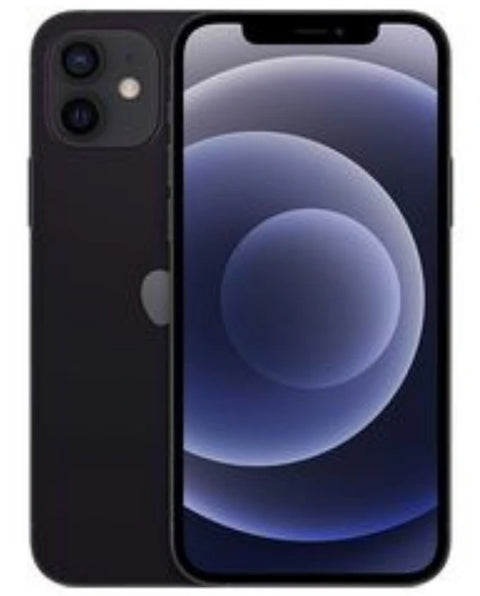
Understanding iPhone 12 Battery Health
As with any smartphone, battery health is a crucial component of the user experience. The iPhone 12 is no exception. Over time, users may notice a decline in battery performance, leading to shorter usage times and potential frustration. The iPhone 12, launched in October 2020, has gained immense popularity for its sleek design, advanced features, and reliable performance. However, like all lithium-ion batteries, its capacity can degrade with prolonged use.
Signs of Declining Battery Health
Users might observe several signs that their iPhone 12 battery health is dropping:
- Reduced Battery Life: One of the first indicators is a noticeable decrease in battery longevity. Users may find themselves needing to charge their devices more frequently than before.
- Unexpected Shutdowns: If the iPhone shuts down unexpectedly when the battery indicator is still above 10%, this could signal underlying battery health issues.
- Slow Performance: A declining battery can lead to overall device sluggishness as the power source struggles to deliver adequate energy.
Checking Your iPhone 12 Battery Health
Before considering the replacement of the battery, it's essential to check the current battery health status.
- Open Settings: Navigate to the Settings app.
- Battery: Scroll down and tap on the "Battery" option.
- Battery Health: Here, users will find "Battery Health," which provides information on maximum capacity and peak performance capability.
If the maximum capacity is significantly below 80%, it may be time to consider replacement options.
Why Battery Health Matters
Battery health is important not just for performance but also for maintaining the longevity of the device. A larger capacity ensures that the iPhone can handle demanding tasks, software updates, and daily usage without compromising performance. The implications of poor battery health extend to user experience and device functionality, making it crucial to address these issues proactively.
Replacement Options for iPhone 12 in 2025
As battery technology evolves, so do the replacement options available for the iPhone 12. Here are some viable choices for users considering a battery replacement.
1. Apple Authorized Service Provider
One of the safest options is visiting an Apple Authorized Service Provider. Here, users can receive genuine Apple parts and expert technicians who understand the intricacies of the device.
- Pros: Assurance of quality, genuine parts, knowledgeable staff.
- Cons: Typically more expensive than third-party options.
2. DIY Battery Replacement Kits
For the tech-savvy, DIY battery replacement kits are available online. These kits come with all necessary tools and components needed to complete the replacement.
- Pros: Cost-effective, can be done at home.
- Cons: Risk of damaging the device, voiding warranty, and complex installation process.
3. Third-Party Repair Shops
Many local repair shops have gained a reputation for providing quality repairs at competitive prices. These shops often offer battery replacement services for the iPhone 12.
- Pros: Often cheaper than Apple services, quicker turnaround times.
- Cons: Potentially non-genuine parts and varying quality.
4. Apple’s Battery Replacement Program
Apple offers battery replacement services at its stores. Users can ship their devices to Apple for a replacement or visit a physical store.
- Pros: Reliable service, quick turnaround, use of genuine parts.
- Cons: May take longer for repairs than local shops, and higher costs.
Tips for Maintaining Battery Health
To prolong the life of the iPhone 12 battery and maintain optimal performance, consider implementing the following strategies:
1. Optimize Settings
Adjust settings to reduce battery drain:
- Lower screen brightness or enable auto-brightness.
- Turn off unnecessary notifications and background app refresh.
- Utilize Low Power Mode to extend battery life during peak usage times.
2. Update Software Regularly
Keep the iPhone’s software updated to the latest version. Updates often include optimizations for battery usage, which can enhance overall device performance.
3. Avoid Extreme Temperatures
Exposure to extreme temperatures can affect battery health. It's best to keep the iPhone 12 between 32°F (0°C) and 95°F (35°C).
4. Limit Fast Charging Sessions
While fast charging is convenient, frequently using it can also contribute to battery wear. Consider using standard charging whenever possible.
Future of iPhone Batteries
As we look towards 2025, advancements in battery technology, such as solid-state batteries, could dramatically change the battery landscape. These batteries promise longer lifespans and improved safety, which may lead to better overall health for devices like the iPhone 12. Users should keep an eye on upcoming technologies and innovations from Apple and other companies.
Where to Buy the iPhone 12
For those considering purchasing a new or refurbished iPhone, Refab is an excellent place to shop for the iPhone 12 in Dubai. Here’s what makes it a great option:
Benefits of Shopping at Refab
- Wide Selection: Refab has a vast range of iPhone models, including the iPhone 12, available for purchase. Customers can compare features and prices.
- Competitive Prices: They often offer the best deals on iPhones, ensuring customers get value for their money.
- Quality Assurance: All devices sold at Refab undergo rigorous testing to guarantee performance.
Current Offers on iPhone Models
As of 2025, Refab continues to provide exciting offers on iPhone models, including the iPhone X, 11, 12, 13, 14, 15, and even the latest 16 series. Given the limited stock of certain models, it is a great opportunity for those in Dubai looking to upgrade their mobile experience.
Conclusion
The iPhone 12 remains a popular choice among consumers due to its performance and features. However, like any device, it experiences battery health degradation over time. Understanding the signs of declining battery health and exploring the best replacement options can empower users to make informed decisions and keep their devices running smoothly. Whether seeking assistance from authorized service providers or considering DIY solutions, users have several avenues for addressing battery health concerns.